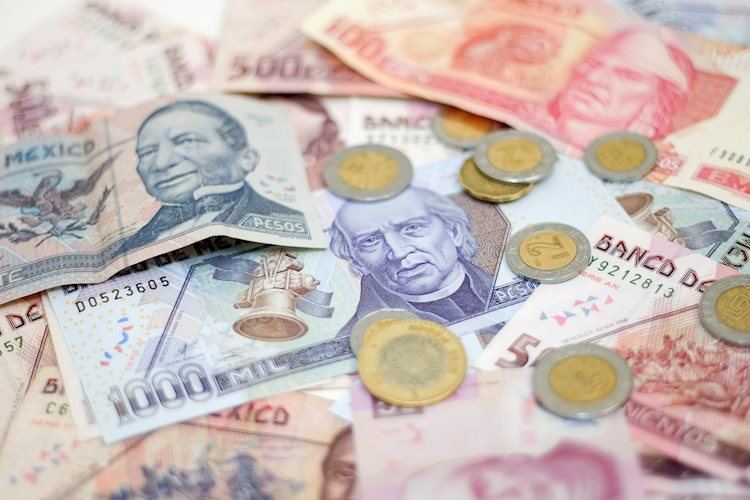On March 26th, 2020, the Banco de México, or Banxico, delivered a 25 basis points increase, bringing the policy rate to 7%, in line with its forward guidance from February. As a result, the Mexican peso depreciated by approximately 0.4% towards 18.12 immediately after the announcement, bringing up concerns about the economic outlook for Mexico.
The decision to increase the policy rate came as no surprise to TD Securities, who expected a weaker Mexican peso in the three-month horizon. However, as the global economy grapples with the impact of the COVID-19 pandemic, there is a need to understand the implications of this rate increase on the country’s overall economy.
Banxico’s move to increase the policy rate is a response to the high levels of inflation in Mexico. Inflation has remained above the bank’s target range since late 2016, peaking at 6.8% in December 2017. Although inflation has eased since then, it still remains above the central bank’s target of 3%, with the most recent reading at 3.7%. The hike in the policy rate is intended to curb inflationary pressures and stabilize the value of the peso.
Moreover, it is expected that with the policy rate hike, Banxico has signaled the end of its hiking cycle, despite not providing any explicit acknowledgement. TD Securities predicted that the central bank may have “reached terminal” with the new policy rate of 7%. The end of the hiking cycle may be seen as a positive sign for the Mexican economy, as it indicates a stabilization of interest rates, which could help boost investor confidence.
However, the rate hike comes amid several challenges facing the Mexican economy. The first is the impact of the COVID-19 pandemic, which has not only caused economic disruption but also placed pressure on governments worldwide to cut rates. The US Federal Reserve, for example, has taken swift and bold actions to cut rates to near zero and introduce liquidity measures to stave off the impact of the virus on the economy.
Mexico has also been hit by the plunge in oil prices, which account for a significant portion of the country’s exports. With the global oil market in turmoil, an oversupply of oil has driven prices down drastically, further exacerbating the economic outlook for Mexico.
Another challenge for the Mexican economy is the accumulation of debt. The country has been grappling with debt issues for many years, and its debt-to-GDP ratio stands at 45.8%, which is higher than the average for emerging markets. The ongoing contraction of the economy, coupled with the current pandemic, may make it difficult for the country to service its debt obligations.
The impact of the policy rate hike on the country’s economy is yet to be fully understood. On one hand, the higher rate may attract foreign investment, thereby strengthening the peso, which would be a positive development for Mexico. However, the rate hike may make it more expensive for Mexican companies to borrow, which could lead to a slower rate of growth for the country in the short run.
To mitigate these challenges, the Mexican government has introduced measures to support the economy, such as suspending tax payments and providing financial support to small and medium-sized businesses. However, these measures may not be enough to address the underlying structural and systemic issues facing the Mexican economy.
In conclusion, Banxico’s policy rate hike was expected, given the high levels of inflation in the country. However, the move comes at a time when the Mexican economy is facing several challenges, particularly from the COVID-19 pandemic and the volatility in the global oil market. It remains to be seen how the policy rate hike will impact the economy in the short term, but it is clear that more needs to be done to address the underlying structural issues facing the country’s economy.


